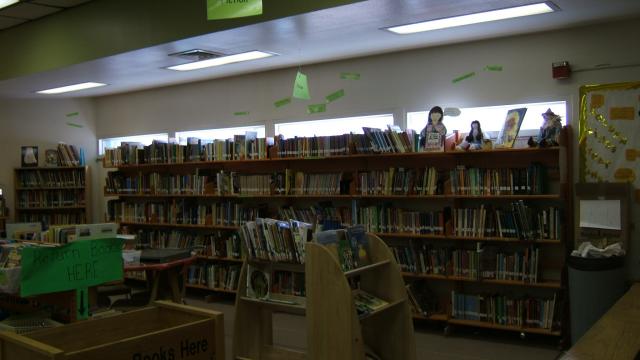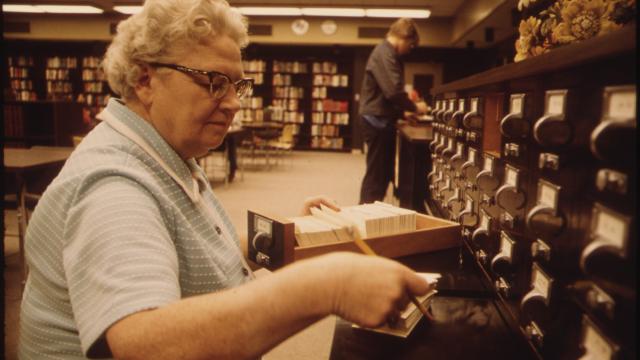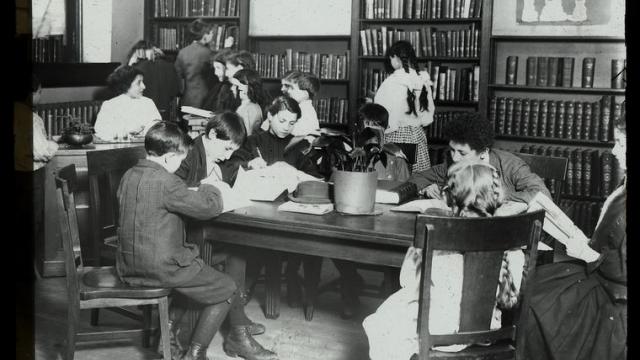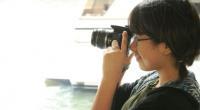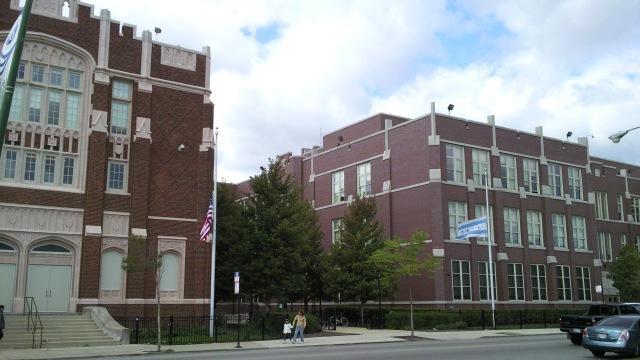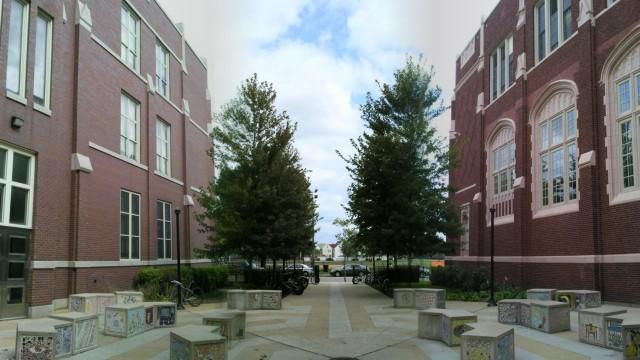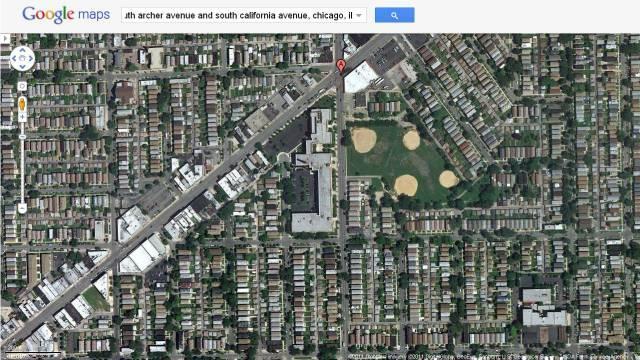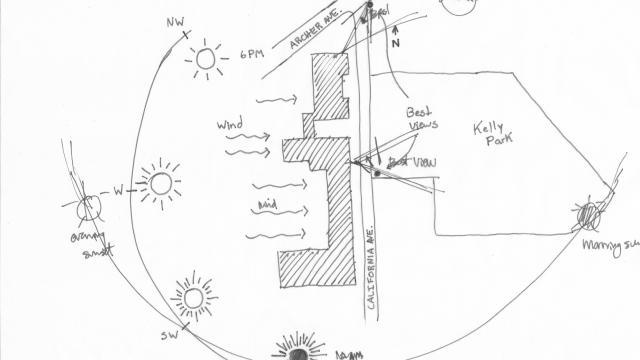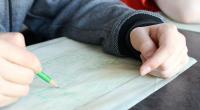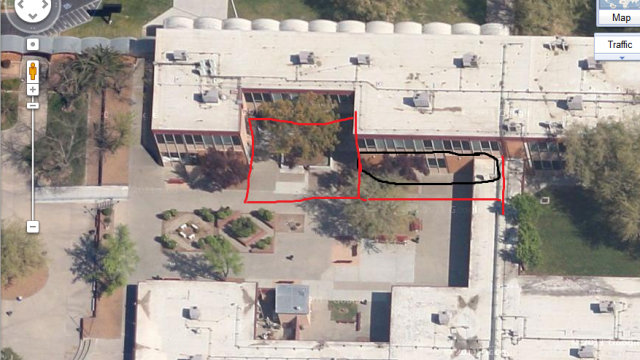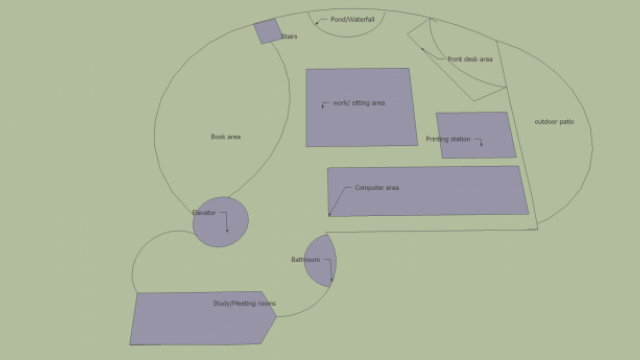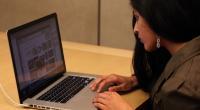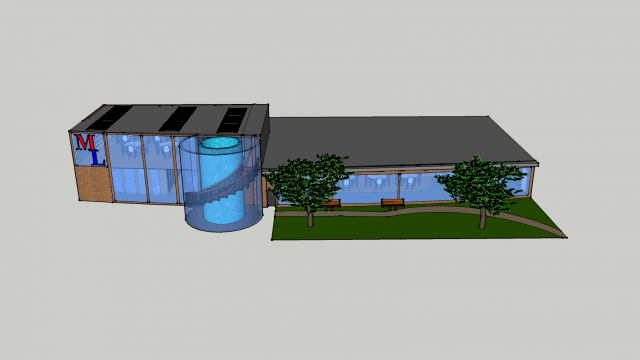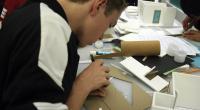
Redesign your school library | 2013 National High School Architecture Competition #369
Kaitlyn Zoe Grant
Architecture Spring 2013
B O O K H A U S
Redesign Your School Library Competition CAF 2013
Program:
Site: The site of our library is currently the fifth floor center of our building. Its location is center in a lateral way but also fairly median story-wise since our building has stories; the library is never all the way on the other side of our extremely large school rather it is at most half way from any edge of the building where a student may be. It is in an equally accessible location and I intend to keep it there.
Site Description: Our library currently consists of one large space with 6-8 person tables, an organized labyrinth of 3-shelf bookcases, and built-in full height bookcases along the walls. When you enter there is a make-shift librarians’ desk and adjacent are two rows of computer monitors (about 16 stations). One enters on the right of the librarian’s desk and exits on the left where there are tall scanners to make sure no one leaves with books without checking them out. Also on the left there is a room, “the stacks”, where textbooks are kept and seldom checked out of the library but rather used within the space and then put back. The entrance to this room is near the computers across from the librarians’ desk so they can keep an eye on who exits and enters; often times you need special permission to retrieve a textbook. Lastly, there are another two doors across from the entrance and exit, directly across on the far side of the room. These exits are maintained but not encouraged for use (they are not monitored by anyone).
Job Description: Our job is to “redesign your high school library and re-think how your school’s library should, or could, function as technology advances and our notion of study and working changes accordingly”. In the case of Brooklyn Tech, I’d like to modernize our library to match our 21st century needs both in content and aesthetic to create a space that is more relevant, inviting and useful than it currently is. That being said, the elements of our school that have been left behind from classes past do not need to be removed but rather exhibited as mementos instead of as relics. I’d like to use the space currently allotted for library space but use it more efficiently. I’d like to add more technological resources, a café, and a silent-study section to provide and differentiate for the many needs of our huge student body whose academic studies range from biology to sociology, to architecture to aerospace, and so many more. Whether they need space to study an obscure topic intensely or need a comfortable space to relax from studying intensely, they should have a space to do what they need.
I plan to Renovate:
-4056 sq ft of Student Space
-525 sq ft of Teacher Space
-266 sq ft of Personnel Space
-156 sq ft of Storage Space
.png)


